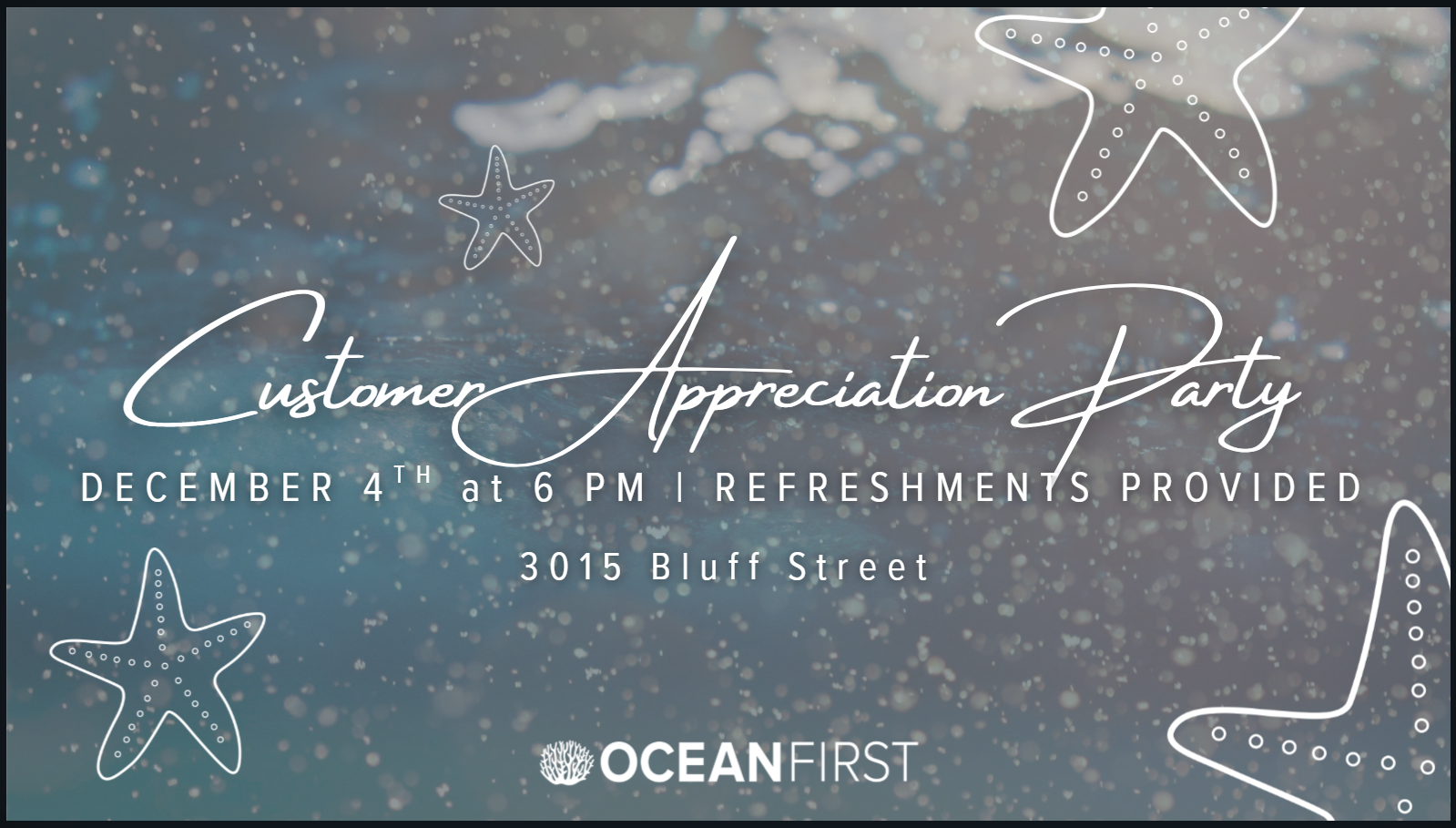Dive Iceland
Ocean First Jul 05, 2022

“Every port has its name for the sea, and the North means to all reject.” At least so says W.H. Auden about Iceland — but what does he know?
 For me, the North has always meant wonder. Go. Explore. As a child, stories of a land beyond known worlds, shrouded in mist and ice, fascinated me. I read Nordic sagas like some children read fairy tales and longed, perpetually, for the North. So when I graduated high school and found myself facing a blissful, carefree summer before college, there was only one destination on my mind: Iceland. And for a girl perpetually fascinated by the Northern latitudes, it seemed the only way to explore them — to really confront them — was to go beneath them.
For me, the North has always meant wonder. Go. Explore. As a child, stories of a land beyond known worlds, shrouded in mist and ice, fascinated me. I read Nordic sagas like some children read fairy tales and longed, perpetually, for the North. So when I graduated high school and found myself facing a blissful, carefree summer before college, there was only one destination on my mind: Iceland. And for a girl perpetually fascinated by the Northern latitudes, it seemed the only way to explore them — to really confront them — was to go beneath them.
Iceland, as I discovered, is dichotomous. Its centuries-old wisdom and folklore collide with its seemingly young geography (I, at 5’10”, stand taller than most trees there); the peace of its people collide with the violence and volatility of its land. Its recreational tourism collides with its cold — often inhumanely so — weather. It is also dichotomous in that it sits in two worlds at once, half of the island is on the North American tectonic plate, and half is on the Eurasian plate. The same geologic uncertainty that led to the infamous 2011 eruption of Eyjafjallajokull also led to a massive fissure between these plates, a deep gash running through the island’s center. Not only was this place — beautiful in its starkness — the site of the world’s first parliament, it is now the site of a famous SCUBA diving destination called Silfra.
So there I was in June, in a parka, about to dive in 2°C water (36° F). For those of you who have not been Dry Suit diving, the suit’s bulkiness inherently deprives you of any remaining grace in an already inelegant sport. And, it doesn’t protect your extremities or head, which happen to be some of the most cold-prone places on the body. It was during that first descent into Silfra that I finally understood Auden’s assertion that the North invites rejection.
Although icy needles stabbed my fingers, toes, and ears, it was shortly thereafter that another Auden phrase came to mind: “This is an island, and therefore, unreal.” With nearly 100m of visibility on any given day, Silfra is just that — unreal. While life is sparse, the geologic features straddling the canyon are, for lack of adequate vocabulary, extraordinary. Boulders tumble down the cliffside walls as if tossed by giants; the water is the color of a gin bottle yet somehow a deeper blue as well; and when my hands reached out, I touched two continents at once.
In a letter disputing Auden’s frigid perspective of the North, Louis MaCniece wrote about the “obscure but powerful ethics of Going North.” These obscure but powerful ethics could just as easily apply to the question of going diving as going North. Floating between a geographic anomaly and colder than I’d ever been in my life, I contemplated those very ethics — of exploration and conservation, of wonder for the sake of wonder and wonder for the sake of discovery, of leaving the water and the world itself better than when we found it.

